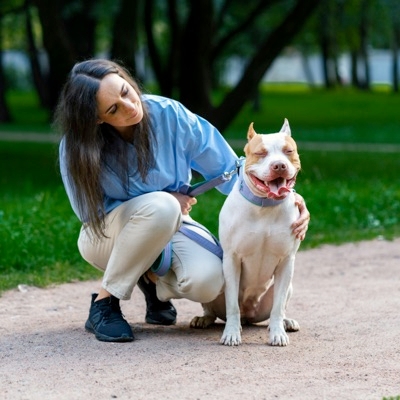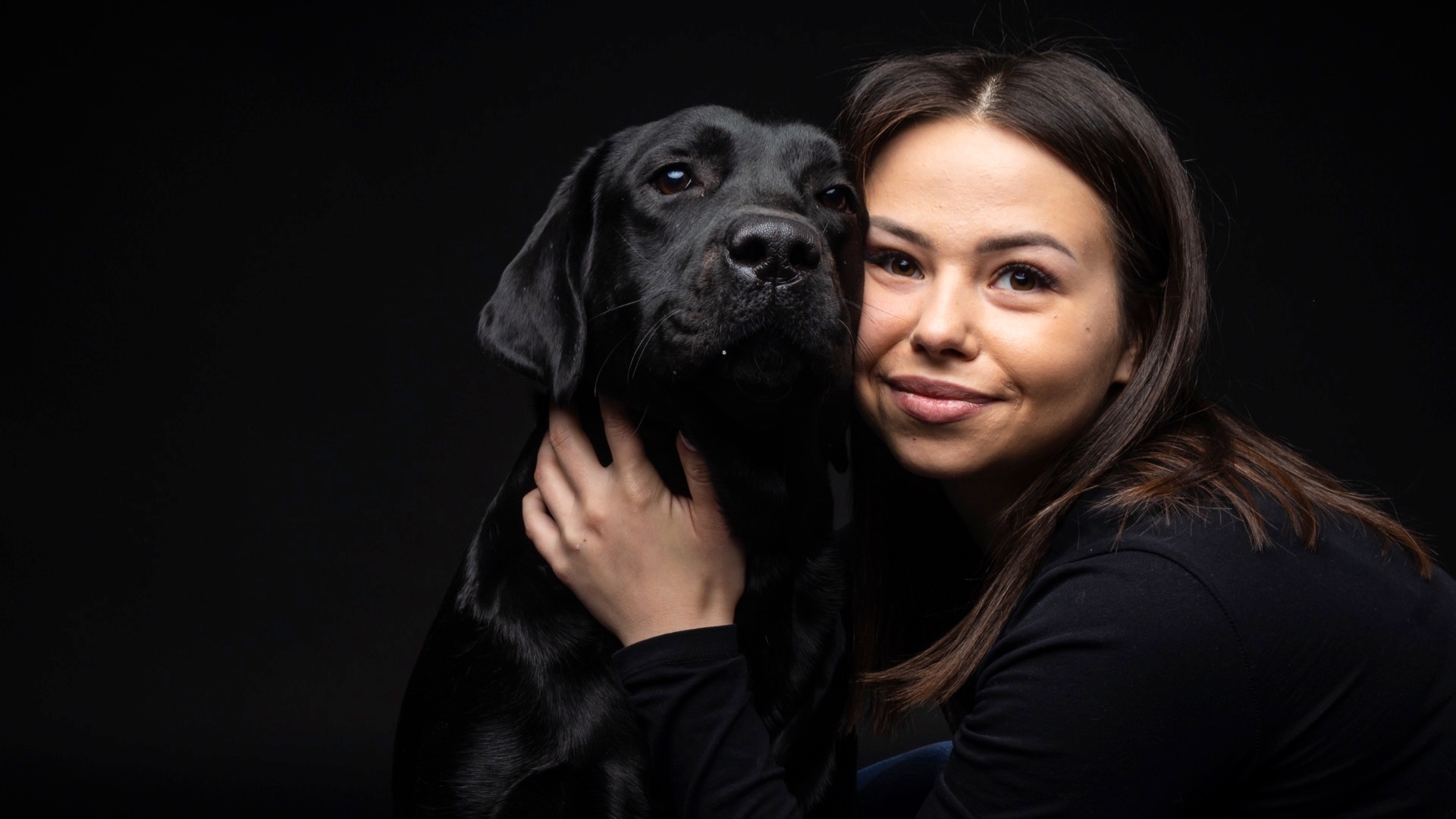Positive Reinforcement:
Training With Praise And Rewards
Summary:
Positive reinforcement is the most effective and humane way to train animals. The basic principle is to reward a desired behavior with something pleasant. As with so many things, correct timing is essential. To get the animal to associate the reward with the correct behavior, the treat or praise must be delivered immediately. Consistency is also essential. Always reward the desired behavior and don't ever reward undesired behavior.


By Sherry Woodard
Positive reinforcement is the most effective and humane way to train animals. The basic principle is to reward a desired behavior with something pleasant. As with so many things, correct timing is essential. To get the animal to associate the reward with the correct behavior, the treat or praise must be delivered immediately. Consistency is also essential. Always reward the desired behavior and don't ever reward undesired behavior.
The reward for good behavior can be a favorite toy, a game, petting, praise or food treats. Most dogs and cats will work for food, so food is the most common training reward. Use small pieces of soft treats that don't require a lot of chewing, so that you don't lose the animal's focus on the task at hand. Offer praise and food rewards every time a dog is learning a new behavior. After the dog responds consistently to a cue, you can praise him without offering any treats.
Your dog will learn cues better if everyone in your household uses the same ones, so try to get everyone in your home involved in training. Some commonly used cues are sit, stay, down (used when you want your dog to lie down) and come.
Keep training sessions short; you want training to be fun for both you and your pet. Dogs are very sensitive to the tone of your voice, so if you're in a bad mood, put off the training session until you can enjoy the time spent with your dog.
Remember, to remain well-behaved, all dogs need regular exercise and social interaction. To keep them socially acceptable, they need to socialize. After some basic training, your dog will politely interact with most humans, whether they are guests in your home or strangers in the park. For lots more information about dog training and behavior, read the other resources in this and the following sections of this manual.
Sherry Woodard is the animal behavior consultant at Best Friends. She develops resources and provides consulting services nationally to help achieve Best Friends' No More Homeless Pets mission.


